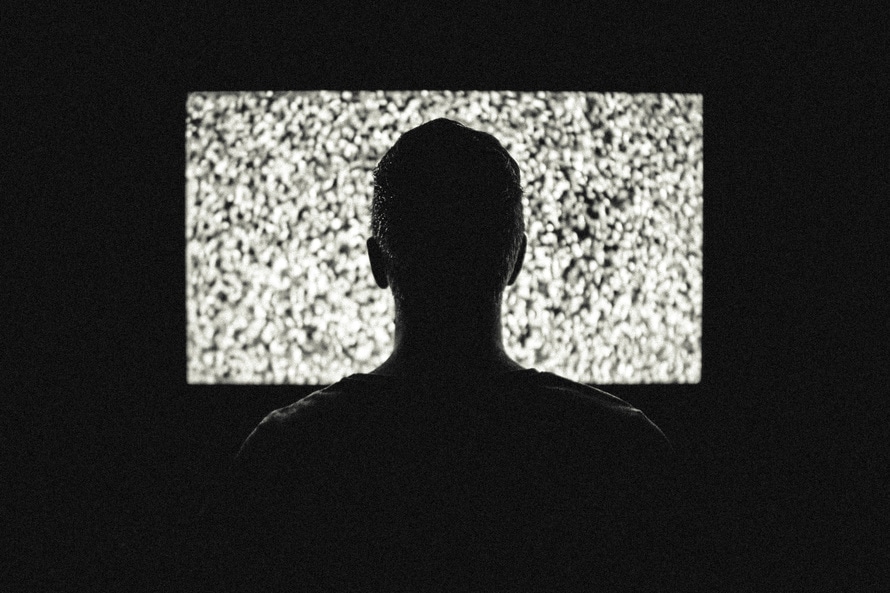
MediaLife: Imagining the television landscape of the future
Posted September 01, 2016
Share To
TweetThe way that we watch TV is changing. TV is no longer that box and screen in your living room; TV is now the Internet -- video consumed on demand. When TV was invented it was a machine that displayed moving images being transmitted over the air. It wasn't a form, or a kind of programming, it was the box with a screen that could play broadcast images. Today, we watch most of our moving images on the Internet connected to any screen we like -- be it a plasma flatscreen or your laptop. Despite this shift, traditional TV still remains (in the form of cable). But what will it look like in 10 years? Will we still have boxes hooked up to our screens that have live channels, or something else?
Toni Fitzgerald for Media Life Magazine gives us a look into one possible future. In this future, primetime television is no longer, TV shows will air via social media, cable companies will lose their power, and more.
From Media Life Magazine:
Ten years ago, TV shows had just started becoming available online.
There was no TV Everywhere, and Netflix was still the mail-order DVD rental service.
Steve Jobs had yet to introduce a smartphone or a tablet.
In just a decade, digital video has transformed the way we watch television. Some people even prefer it to traditional TV these days, because of its flexibility and portability.
Over the next decade, another transformation will take place, and television will undergo tremendous changes once more. Digital video will play a large role in this, but other factors will also come into play as well.
Here are a few predictions on the major ways TV will change in the next 10 to 15 years, based on conversation with buyers and analysts.
Primetime will become a forgotten notion
The idea of a linear lineup has increasingly become outdated. DVRs and online viewing allow people to watch what they want when they want, and within a few years, viewers will no longer be content to watch when the networks tell them to.
Instead, content will be released at designated times across digital and on-demand channels.
TV shows will air through Twitter
And Snapchat and Facebook and all the other social networks. Increasingly, this will be where the networks have people gather to watch their shows.
They will begin distributing more shows on these outlets in order to reach people on the go and on their devices, where they spend so much time.
Cable MSOs will collapse
Skinny bundles through telecoms and satellite companies will flourish, and third-party providers such as Apple, Hulu and PlayStation will make deals directly with cable network owners, eliminating the long-term need for MSOs.
Small cable networks will close
Sports viewing will go digital
Read the full post.


